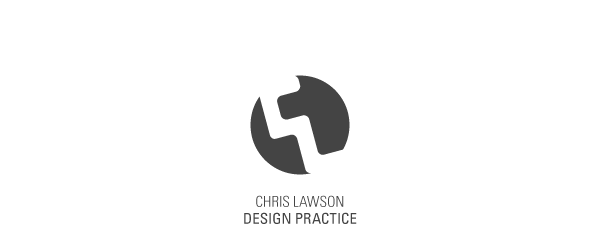Wednesday 15 December 2010
What if... Self-Evaluation
The problem we identified was that there wasn’t enough known entertainment in Leeds. We used questionnaires to identify this, with questions such as ‘what do you think is an important part of Leeds?’ Only business came back less popular, but we felt this was a dull aspect to explore.
As mentioned, questionnaires were used as well as photographs, reviews and interviews for our primary research. Secondary included an article on the Dry Dock and Leeds in general by Alex Zane, but to form our project we felt primary research was key.
Interviews were vital to our brief as it added a personal touch to our project. We interviewed a member of our year, Luke O’Brien, about prospects for local bands in Leeds. I think this was effective as it was an everyday guy reviewing a venue in Leeds, and the effect it had on his band. This made it down to earth and more connections could be made with students.
These responses prompted us to create a blog and website, where we could place these reviews and get responses from students to create an online community. This would be easily accessible, as smart phones and an Internet connection are easily available in the present day.
One of our original ideas was to take to the streets of Leeds and ask the general public about their impressions of Leeds. However, we soon found out that people were not willing to participate, mainly due to the snow and sub zero temperatures. We had to tweak it into a stop motion animation, with opinions from people in halls and other indoor areas.
If we were to do more research, I think more photographs inside more venues to get a better sense of the environment would be useful. It would complement our reviews better and improve our website and blog.
Over the past two weeks, I have learnt:
- A bigger body of research will help in categorising facts and statistics, rather than looking for them selectively.
- Primary photography is useful because it is exclusive to the project.
- Mind-maps are a great help in focusing research and allocating specific tasks to group members.
- Strict colour coding and sharing with the group helps consistency, and looks more professional.
- The final outcomes can be evaluated a lot more effectively when placed in the real world.
If I were to repeat the project, I would:
- Take a broader range of qualitative primary research for the blog and website.
- Try harder to approach strangers to get a broader range of quantitative primary research.
- Experiment with logo design as a group and collaborate with branding and colour, before moving onto designing posters, flyers etc.
- Evaluate designs and overview reviews more often to get a higher quality, more focused outcome.
- Link the posters, website and blog closer together, to gain recognition and promote the campaign more effectively.
Tuesday 14 December 2010
Squares From Above - Urban Areas
Subscribe to:
Posts (Atom)




















































